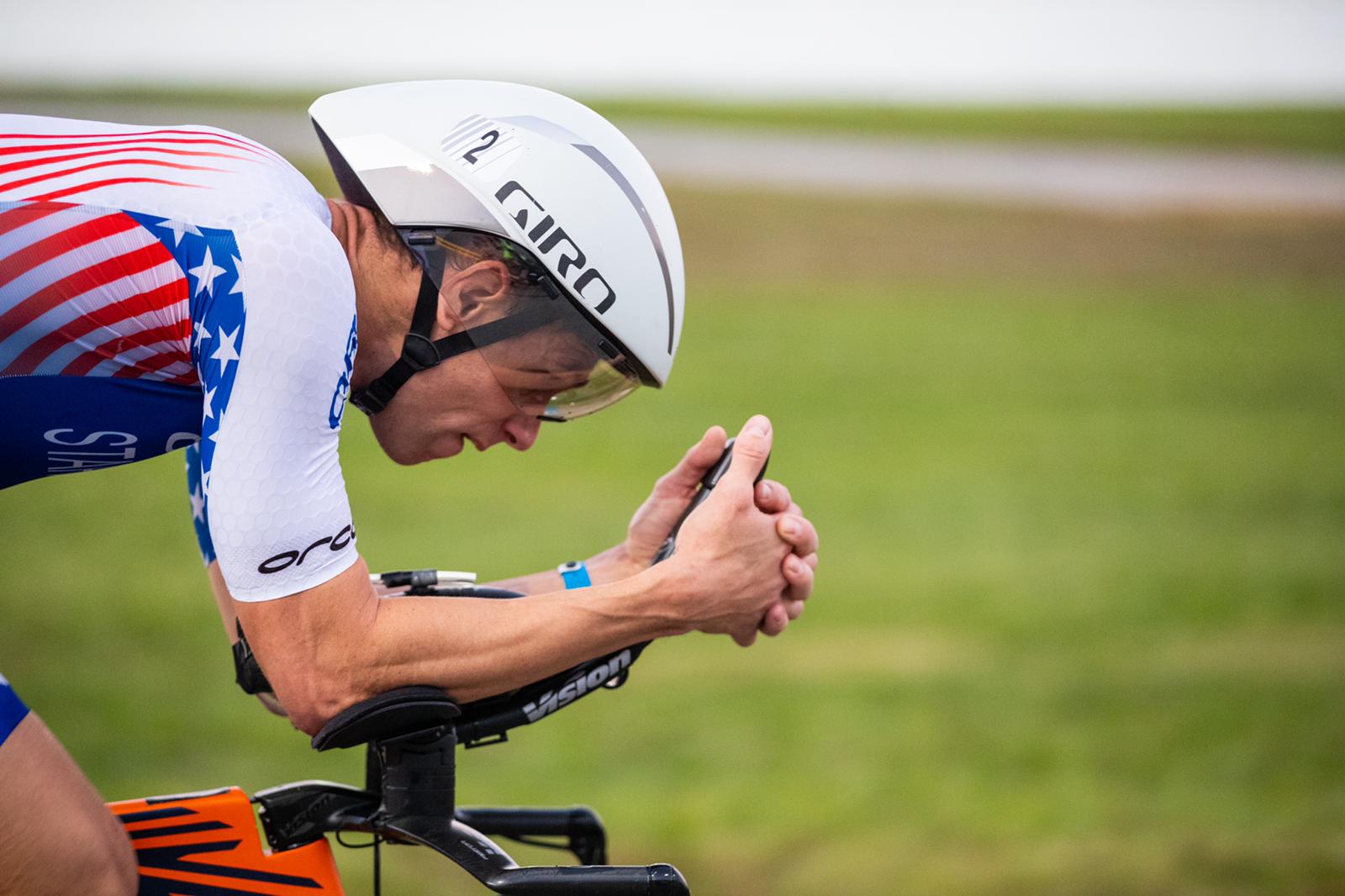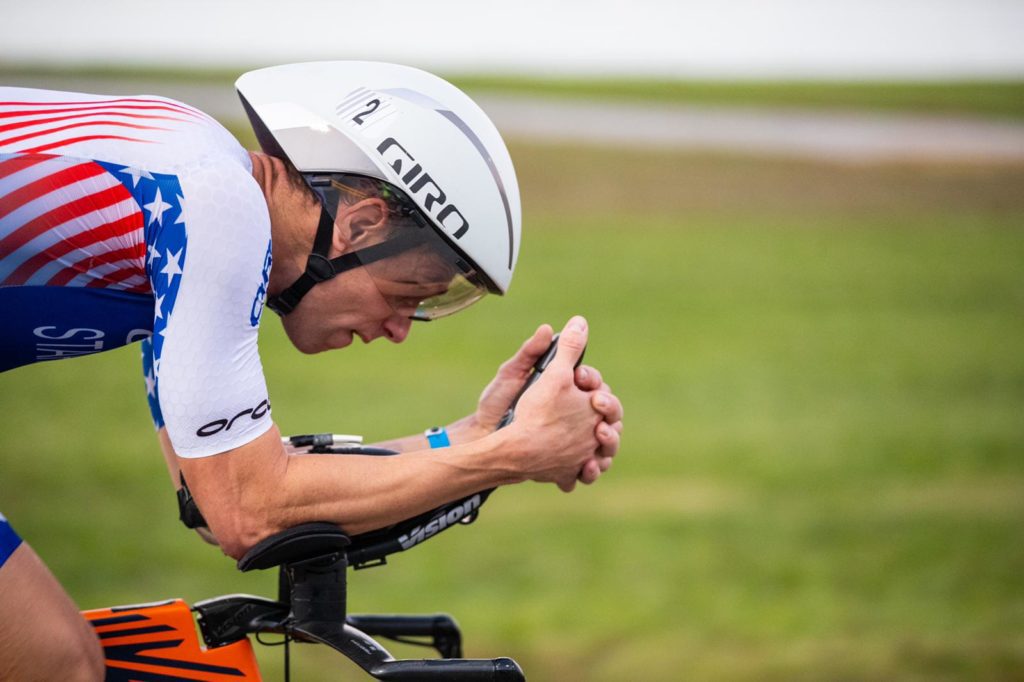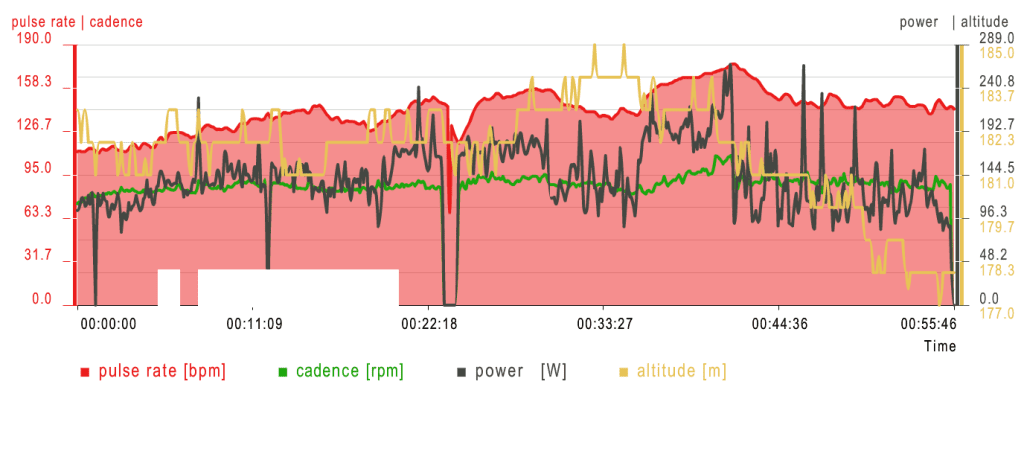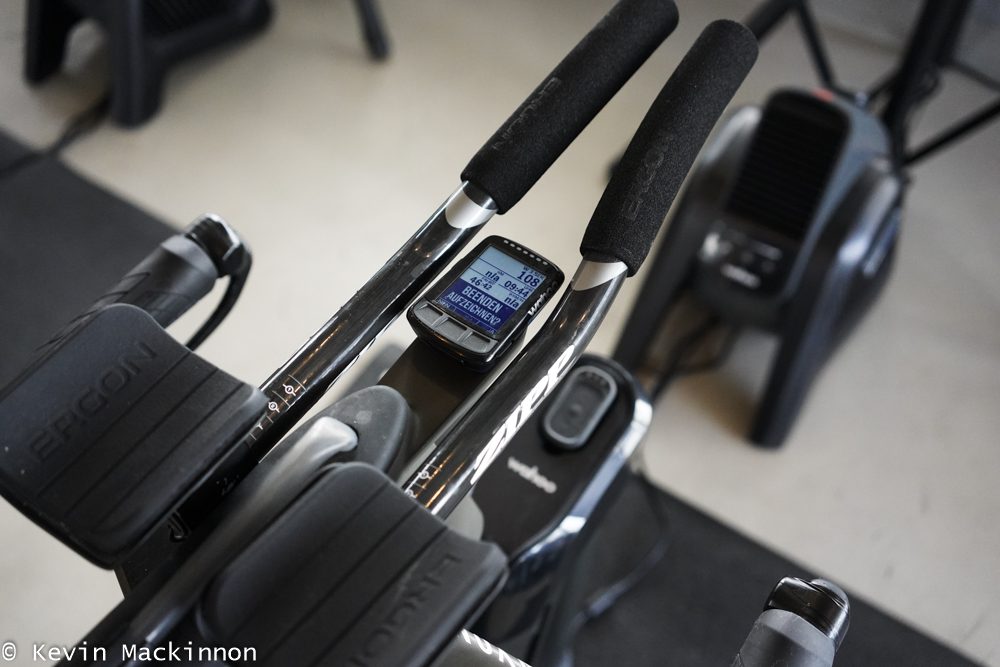Does your cycling need work in 2020?
Analyze your results from last year to assess whether you should focus on trying to improve your cycling this year or whether your time would be better spent working on your swimming and running.

Happy New Year! 2020 is your year to become a stronger triathlete, and you are wondering how best to go about it. Where should you place your training focus for 202o?

by Adam Johnson
If you are relatively new to the sport, you will likely continue to improve across all three disciplines this winter and spring. If, on the other hand, you have spent a couple or more years in the sport, it is unlikely that you will improve across all three disciplines at the same time. It is more prudent to zero in on the discipline where the greatest time-savings within a race can be had. (This assuming that you want to improve your overall racing performance.) Keep the other two disciplines as is, and focus your training on that third discipline.
First, determine if you should be focusing on your cycling or not. Consider the following three pseudo-analytic methods of assessing your bike performance:
- Take your bike splits from last year’s races. How do they typically rank within your age group, and to a lesser extent within your gender? Now do the same for your run splits. Which discipline are you doing better in? If your run is out-performing your bike, then place your training focus on the bike this year. But if your biking is out-performing your running, perhaps you should consider pursuing a run-focus for 2020.
- Revisit your very best race performance/s from last year. How much time would you have to shave from your finishing time in order to bump up a spot or two in your age group? Where do you think it is most likely that the time savings will come from: the swim, the bike, or the run? Likely, it is from the bike. And if so, there you go: focus on the bike for 2020.
- Try this nifty analysis: take your bike split (in minutes) and divide it by your run split (in minutes). You will get a number (ie, an 90 minute Olympic bike split divided by a 50 minute Olympic run split is 1.8). A quick survey of Ontario professional triathletes’ results shows that their number is 1.5 to 1.6, regardless of the race distance. Assuming that these pros are about as well balanced as one can be in triathlon, their bike-to-run ratio gives us a sense of what a proper bike to run relationship is.
-
-
- if your number is smaller than the pros, it indicates that your biking is better than your running. That, or your bike pacing is too aggressive and if you were to hold back a bit on the bike your run would improve. In either scenario, it is likely best that you focus on your run, as your bike is strong enough where it is.
- if your number is higher than the pros, it indicates that your biking is weaker than your running. And you should
- a) work on improving your bike fitness, and/or
- b) bike more aggressively in your race.
-
Now that you have determined that you should be focusing on your bike for 2020, delve a bit deeper and refine the focus for your bike training this year. If you have power/data files from your races, review them and see if they are telling you something:
- Do you tend to start harder than your average race power and then finish below average race power? If so, why? Are you starting too hard? Is it nutritionally related (ie, your energy dwindles over the bike due to insufficient fuel intake)? Is it due to mental lapses (ie, losing focus/concentration as the bike wears on)? If so, get working on proper pacing, and/or fueling, and/or patience during your training/racing.
- Are you an even splitter (where the first half and the last half of your bike split are, or close to being equal)? If so, great! No need to work on your race strategy. Simply work on your bike fitness to bring an elevated fitness level to your races in 2020.
- Are you a negative splitter (where the last half of your bike is faster than the first half)? This is not necessarily a good thing or a bad thing. While it feels terrific to be hauling a$$, passing everyone and their brother, over the latter half of the bike, you have to ask yourself if it is worthwhile pacing the bike that way. Could you be a little faster if you evenly split the bike? Or if you had a less sizable negative split? Some negative splitters leave too much time on the course over the first half of their bike and they cannot make that time up over the latter half.
 So now you know whether you should focus on your cycling for 2020. And you might have a quantified sense of how you pace your bike. The next logical question is “how do I improve my biking?” Yes, good question. Effective training can be distilled to four words: consistency, specificity, progression and patience. It is not any special or advanced training technique that will get you fitter on the bike. It is, quite simply, deciding to focus on the bike, committing to being consistent and patient with the training. That is what will make you improve. You do not need to go all Chris Froome with your bike training. Rather, follow a sound, balanced bike training program this winter. There are numerous different programs, books, articles, software programs, etc available. Prioritize getting your cycling workouts in compared to your swim and run workouts. When you need to really push, save that energy for your bike intervals, and less so for your swim and run intervals. Happy training, and strong cycling in the year ahead!
So now you know whether you should focus on your cycling for 2020. And you might have a quantified sense of how you pace your bike. The next logical question is “how do I improve my biking?” Yes, good question. Effective training can be distilled to four words: consistency, specificity, progression and patience. It is not any special or advanced training technique that will get you fitter on the bike. It is, quite simply, deciding to focus on the bike, committing to being consistent and patient with the training. That is what will make you improve. You do not need to go all Chris Froome with your bike training. Rather, follow a sound, balanced bike training program this winter. There are numerous different programs, books, articles, software programs, etc available. Prioritize getting your cycling workouts in compared to your swim and run workouts. When you need to really push, save that energy for your bike intervals, and less so for your swim and run intervals. Happy training, and strong cycling in the year ahead!
Adam Johnston is the owner of WattsUp Cycling in Toronto. WattsUp Cycling has been helping triathletes and cyclists improve their cycling since 2008. Visit www.wattsupcycling.ca to find out how.
This story first appeared in our January, 2017 issue of Triathlon Magazine Canada.

